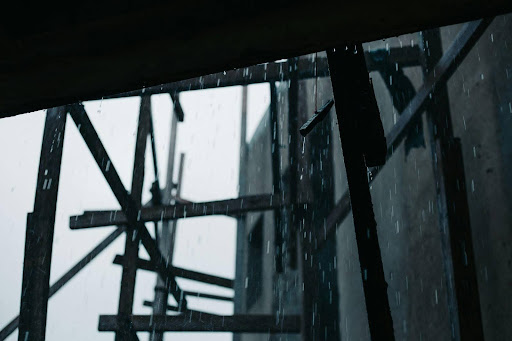In modern construction, integral waterproofing is a critical process that ensures a building’s durability and longevity. Unlike traditional methods, this approach involves adding specialized admixtures directly to the concrete mix, making it super effective in blocking water from penetrating. This then forms a permanent barrier against moisture from within the surface, preventing many different issues.
By making the entire concrete mass water-resistant, integral waterproofing proves to play a crucial role in protecting a building’s safety and foundation from the damaging effects of water. Let’s take a closer look at this innovative approach.
Preventing Structural Damage
Integral waterproofing acts as a primary defense against water intrusion, which is a major cause of damage. When you make concrete waterproof, you’re preventing the steel reinforcement within from rusting. This is paramount because rusted rebar expands, causing the concrete to crack and compromise the building’s structural integrity.
Enhancing Building Longevity
The long-term durability of a building is directly linked to its resistance to water. With integral waterproofing, it’s guaranteed that a structure remains robust over time. It prevents moisture-related decay and deterioration. This proactive approach significantly extends the lifespan of the building, reducing the need for costly repairs and renovations.
Versatile Application
Integral waterproofing is very versatile and can be used in a wide range of applications. Think: foundations and basements, even tunnels and water tanks. It’s also more effective in certain situations than surface coatings, like epoxy paint, which can be susceptible to blistering or delamination.
Reducing Maintenance Costs
By creating a permanent, built-in barrier, integral waterproofing eliminates the recurring costs associated with surface-applied sealants. Unlike methods that need frequent reapplication, this system is a one-time investment that saves money over the building’s life cycle by minimizing the need for maintenance to combat leaks and water damage.
Protecting Interior Finishes
Water infiltration can ruin a building’s interior. This can lead to peeling paint, warped flooring, and a damaged drywall. Integral waterproofing protects these finishes by stopping water right at the source. This guarantees that interior spaces remain dry and aesthetically pleasing, preserving the value and comfort of the property.
Improving Air Quality and Health
Moisture and damp conditions are breeding grounds for mold and mildew. These can pose significant health risks and compromise air quality. However, a building with integral waterproofing can prevent these conditions, creating a healthier indoor environment and improves air quality for occupants.
Contributing to Green Building Standards
This approach also supports sustainable construction by reducing the need for materials that require frequent replacement and by improving a building’s energy efficiency. Remember that a dry structure is easier and more cost-effective to heat and cool, contributing to a lower carbon footprint and aligning with modern green building certifications.
Wrapping Up
In short, integral waterproofing is indeed a crucial advancement in modern construction. By making concrete inherently water-resistant, it guarantees a permanent, low-maintenance solution that protects a building’s structure and interior from water damage. Ultimately, integral waterproofing ensures longevity, improves health, and contributes to sustainable building practices, making it a valuable investment in modern construction.
Thank you for reading! If you found this article helpful, please share it within your community or groups, leave a comment with your feedback and don’t forget to visit Abmantra for more informative blogs.

This article has been written by the AB Mantra Team, a group of passionate writers and researchers covering topics across fashion, travel, finance, health, education, technology, lifestyle and business. Our goal is to share accurate, easy-to-understand, and helpful information that adds real value to readers. Each piece is carefully reviewed to maintain clarity, reliability and trust.

